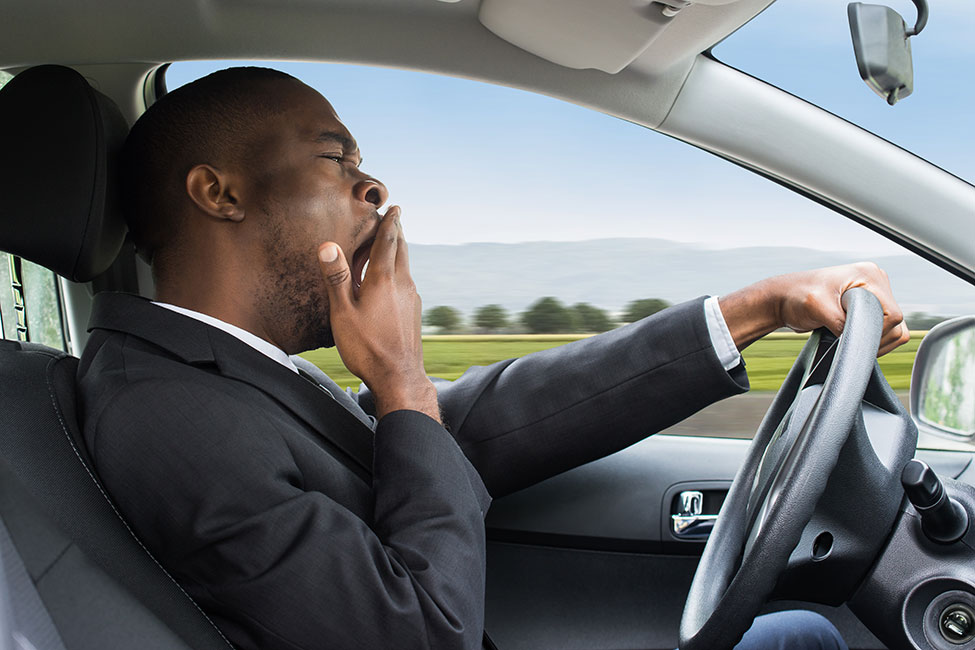Fatigue and driving: what are the risks, and how can you avoid them?
Fatigue and driving: what are the risks, and how can you avoid them?

©AndreyPopov/iStock
Drowsiness is the leading cause of death on motorways, and it increases the risk of having or causing an accident by a factor of 8, accounting for one in three fatal accidents. How can you recognise the warning signs of drowsiness, and how can you avoid falling asleep at the wheel? Here is our advice.
Fatigue and drowsiness: what are the risks?
While fatigue is a physiological state that makes it difficult to concentrate, drowsiness (or hypervigilance) means having difficulty staying awake, leading to an increased risk of falling asleep.
Fatigue, a major cause of accidents
Although there is no way to test for driver fatigue, according to the research reported by Brake, the road safety charity, driving when tired can be as dangerous as drunk driving.
A loss of attention that can be fatal
Although a distinction must be made between fatigue and drowsiness, both carry safety risks for drivers, passengers and other motorists. Both feelings lead to a loss of attention and alertness, affecting judgement and reflexes, which can be fatal.
Fatigue is mainly caused by lack of sleep, though it can also be related to overwork. In addition to eating too much, drinking alcohol or taking medication, drowsiness can be caused by over-tiredness. It can cause micro-sleeps that last fewer than 5 seconds.
What are the warning signs?
Stinging eyes and a stiff back or neck are telltale signs of fatigue. Heavy eyelids, progressive numbness, and continuously yawning are indicative of sleepiness. In the latter case, beware: the transition from wakefulness to sleep can be so rapid that it occurs without your knowledge. Feeling as if you have had a real blank, you will wake up startled after a few seconds, and you would be lucky not to cause an accident during this time.
How do you avoid fatigue and drowsiness behind the wheel?
Neither fatigue nor drowsiness is inevitable. When you are exhausted, the best thing to do is to avoid driving, taking medication or having too much to eat. When this is not possible, you should remain vigilant and look out for difficulties while concentrating on driving.
Don’t underestimate the warning signs of fatigue or drowsiness behind the wheel: even if you do your best to keep your eyes open, you can’t stop your body from begging for a break. To limit such risks:
- Set off when well rested, either in the morning, without getting up earlier than usual, or between 4 pm and midnight.
- Have a light meal before you leave.
- Take a 20-minute break every 2 hours: this duration is roughly how much time you’ll need to recover up to 50% of your strength.
- Take turns driving with another person if possible.
- If you are taking medication, wait until its effects have worn off or check the instructions and only drive if it does not make you drowsy.
- Do not drive too fast.
Helpful tip: Driving at high speeds forces the brain to process more information, so driving fast is more tiring than driving at a moderate speed.
Feeling alert is essential when you get behind the wheel. Especially since the steady pace of the car and endless stretches of roads often have a hypnotic effect that can make you feel sleepy. Don’t underestimate the risks of fatigue behind the wheel: get some rest before you set off!
Feel like getting away from it all?
See our suggestions for novel trips and must-see places to visit near your home or holiday destination.